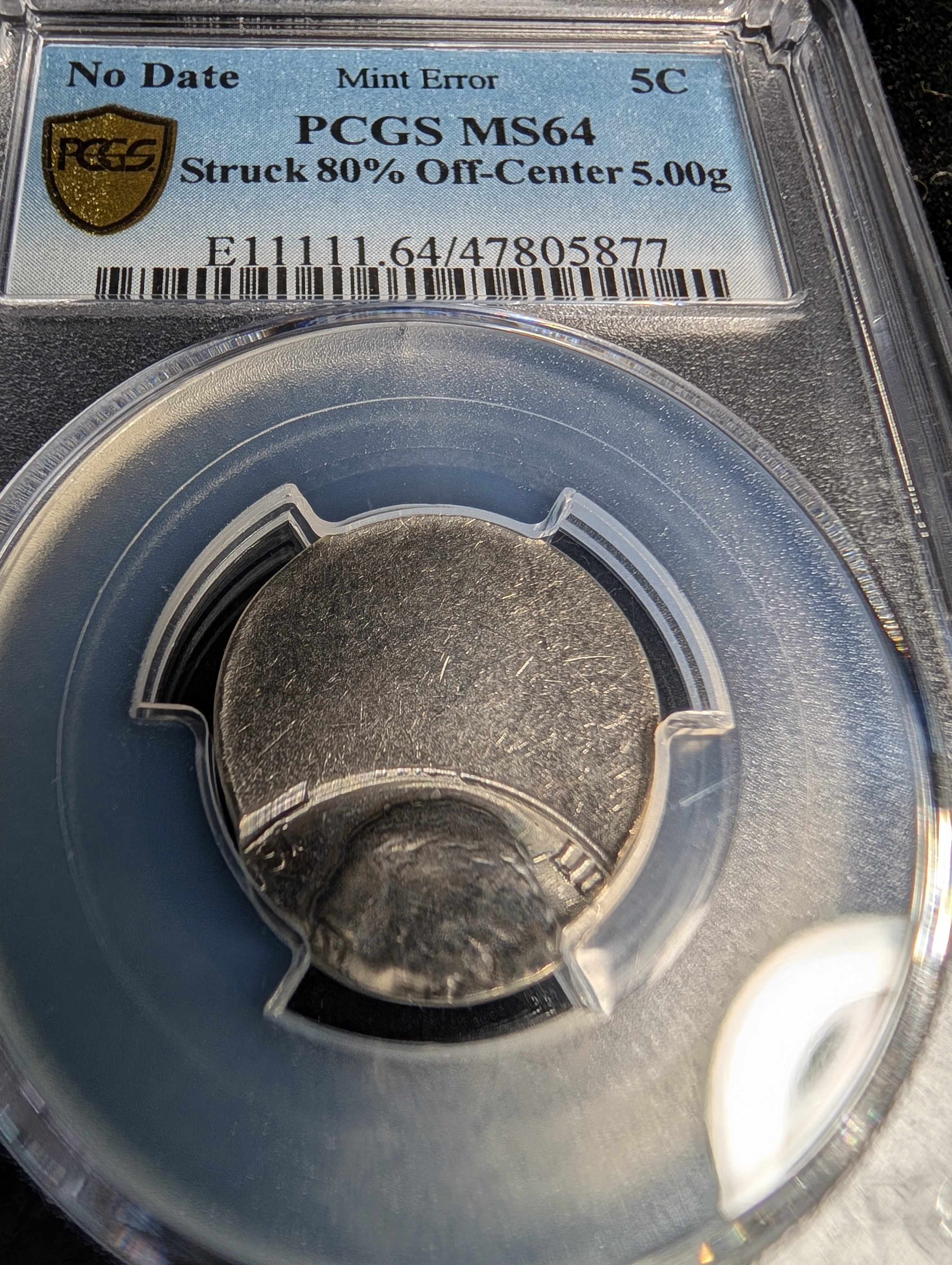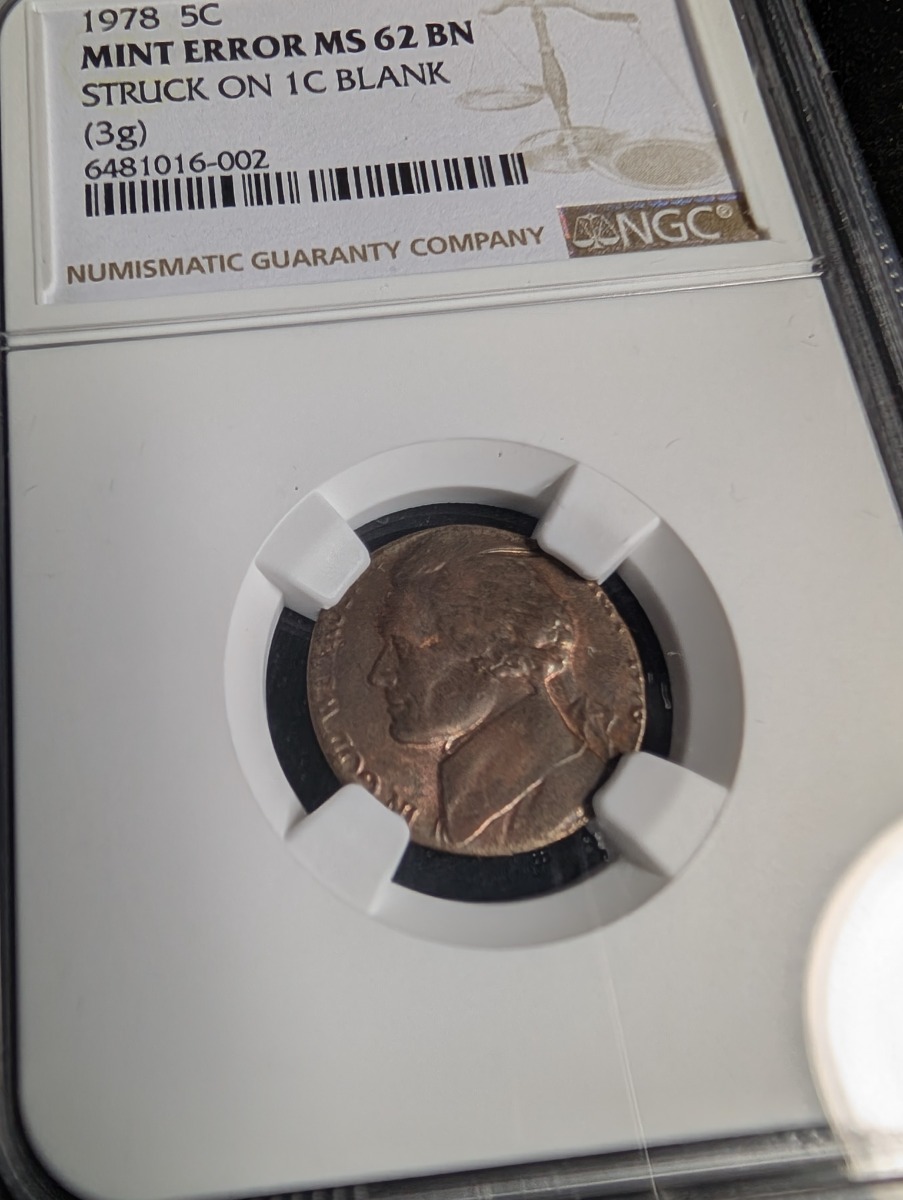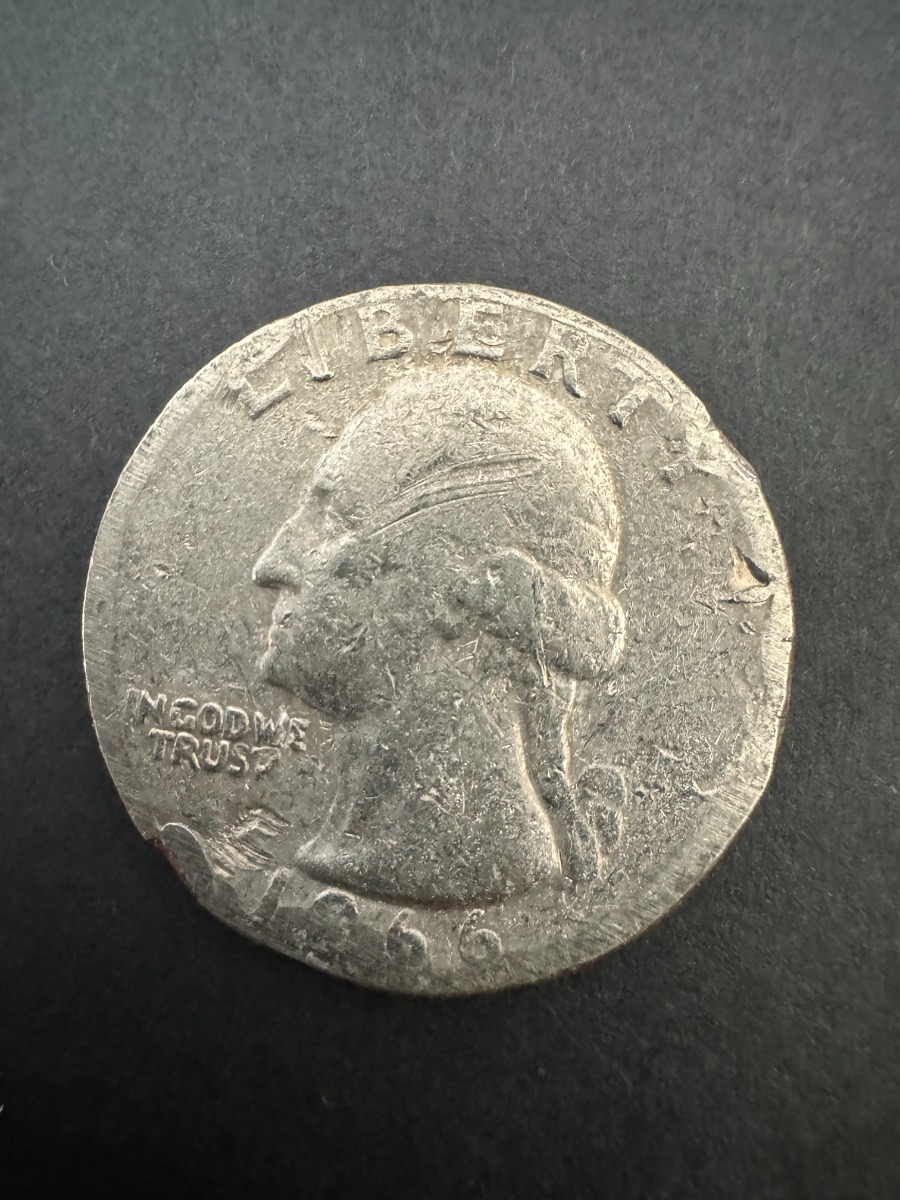
We often get online inquiries about coins people find that they think are mint errors. So, we thought we would write this article to help people better understand the difference.
During the minting process, many things can go wrong. I will refrain from naming all the types of mint errors but suffice to say there are many. The reason that there are many types of errors is that they occur at many different places in the production process. Coins can be struck on the wrong Planchets, they can be pressed without being fully in the die, they can get stuck in the die, etc. etc. etc. In many of these cases, the mint has set up a rigorous quality control process to catch these errors before the coins are set into circulation. What you have to remember is that in the grand scheme of things the US Mint does a pretty extraordinary job of catching and keeping production error coins from ever getting into circulation. No, when one finally makes it to the outside world, it becomes an interesting rare oddity. Some people are so intrigued with Mint errors that an entire sub-group of coin dealers exists to make a market for them. Here is an example of an error.

So the mint uses the large bins that they use to store the planchets that are going to be stuck into coins. The bins are reused over and over and are filled with whatever the mint is producing that day. On this day they were making Nickels. But somehow, a blank cent planchet wound up in the pile of blank Nickels and went through the minting process. So what we wind up with is a nickel struck on a cent planchet. We affectionately call this a 6C piece. So because this coin would readily pass through the nickel-size filter they use to keep out non-nickels, it made it into circulation. Remember this may happen only one out of a million times. So collectors love it.
Here is another error.

It does not take an expert to tell you what happened here. This coin did not make all the way into the die collar before it was struck, therefore it was only partially stuck. When you consider these machines mint these coins flawlessly in the hundreds per minute category, finding an error like this is always fun. So these are legitimate errors, and as such can be certified by the large grading companies. This is the case for both of these coins. They were sent to the grading house and the grading house confirms the are mint errors and then describes them as such.
Now take a look at this coin.

A person sent us this photo asking us to quote them a price to buy this "Error." The thing is there is nothing in the minting process that can do this to a coin. When I explained to the person this was "Post-Mint" damage and this is just a coin that has had a tough life, I was promptly told I did not know my errors. If pounding the edges of a coin with a hammer made it worth more money you could become wealthy very quickly. Unfortunately, anything that "happens" to a coin after it has left the mint is not an error, it is damage. Coins like this, while still worth 25C, are surprisingly working as designed and still are worth the whole 25C. But that is the point, instead of feeling lucky that a coin can experience this kind of abuse and still be worth 25C is actually kind of a testament to the US Mint. But to think that somehow torturing this coin will make it worth more money is just the stuff of fairy tales.
Error coins are a very special field in Numismatics. We are always quick to recommend that anyone who wants to collect error coins, that they stick to certified error coins. We know YouTube is full of videos exclaiming the number and types of errors we should be looking for. But the Errors collectors care about are the ones that come from the mint and not someone mishandling or abuse of coins.
